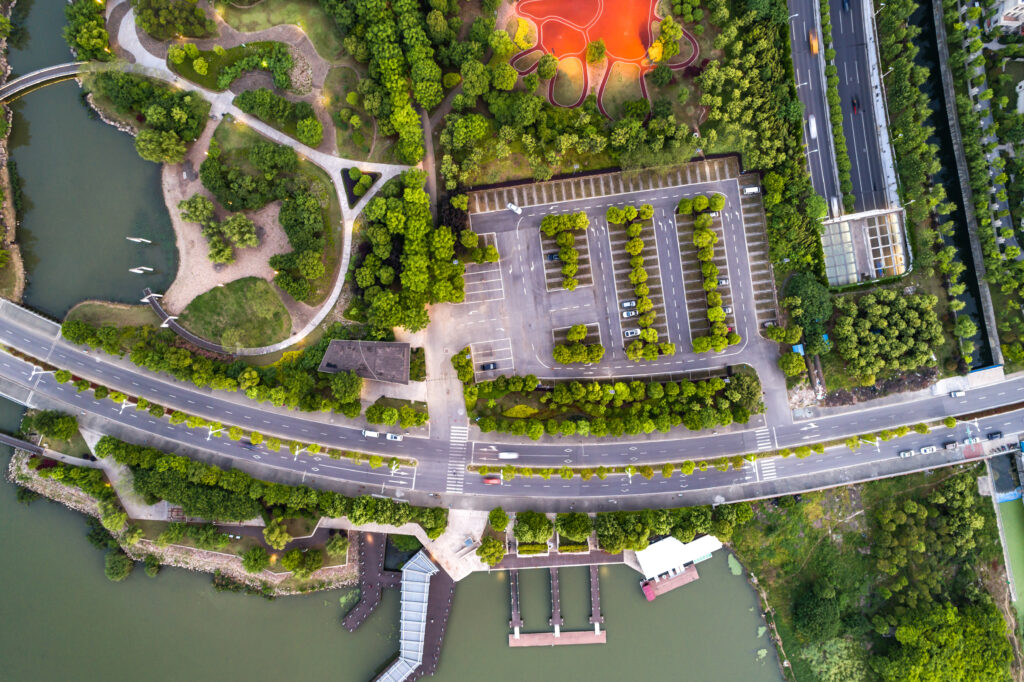Cities are rapidly expanding, often at the expense of green spaces. Yet, amid towering skyscrapers and congested streets, urban farming emerges as a powerful antidote, transforming concrete jungles into thriving green sanctuaries.
India’s urban areas are expected to house 40% of its population by 2030. The challenge: balancing growth with sustainability. Urban agriculture is rising as a strategic solution. According to a report by MarketsandMarkets, the global urban farming market is projected to reach $288.71 billion by 2030, growing at an impressive CAGR of 9.6%.
Take Bengaluru, for instance, where urban farming initiatives have rejuvenated abandoned spaces, turning them into productive food hubs. Community farms there have notably reduced local temperatures by up to 2°C, significantly improving air quality and reducing pollution levels by up to 20%.
At our urban farms, I see firsthand how technology and tradition intersect beautifully. Smart hydroponic systems use 90% less water compared to traditional agriculture, and AI-driven farming practices increase crop yields by up to 30%.
Urban farming isn’t merely about ecological benefit, it offers substantial economic returns. According to FAO, urban agriculture provides employment to over 100 million people globally, significantly boosting local economies.
A recent visitor, an influential city planner, reflected, “Urban farming isn’t a trend, it’s an urban lifeline.” He’s right. It’s more than planting seeds, it’s about nurturing cities for future resilience.
In India’s urban evolution, green sanctuaries aren’t just attractive, they’re essential. Urban farming offers a proven pathway to sustainability, livability, and economic vitality.
Because thriving cities are those that learn to grow, sustainably.


